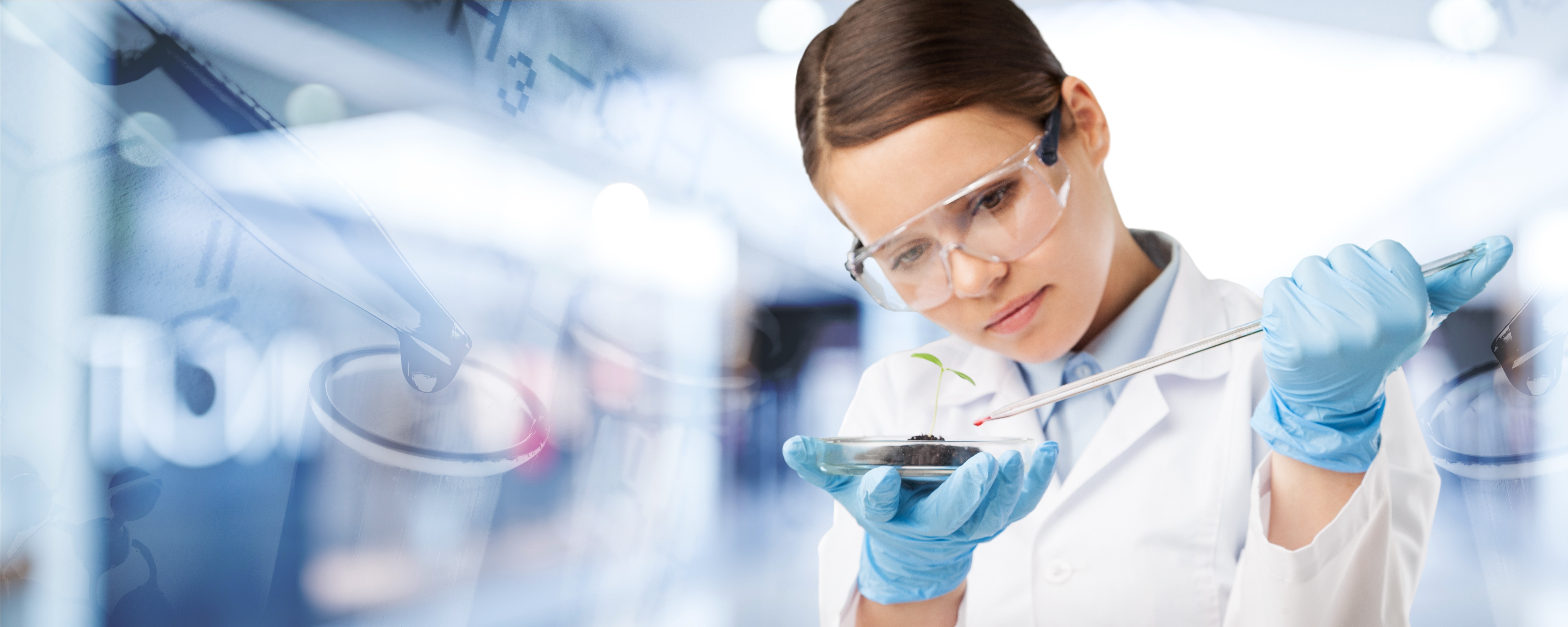
Metabolomics is a transformative approach to decoding biochemical dynamics. Yet deploying it to the best effect requires a synergistic approach from academia and industry. A combined approach can significantly advance biomarker discovery by translating insights into actionable applications in personalized medicine, diagnostics, and beyond. Let’s explore some of the challenges like data complexity and standardization to demonstrate why such partnerships are poised to shape the future of metabolomics research.
The Synergy of Academia, Medical, Government and Industry
Metabolomics research consists of four fronts. Academic institutions contribute profound scientific expertise with long term commitments, innovations and early discovery. Medical facilities have access to diverse and deeply phenotyped research cohorts, and a commitment to advancing applications of science. On the other hand, industry partners bring state-of-the-art technologies, scalable resources, and pathways to commercialization and validation. Government facilities can combine all these aspects of innovation, long term commitment, pathways to validation and access to large cohort studies. To enhance these collaborations, HMT prefers to work as a partner to fully extract the best information our of each data set.
Biomarker Discovery: A Pillar of Collaboration
Biomarker discovery is one of the most impactful outcomes of our partnerships in metabolomics. These collaborations have significantly advanced the identification of metabolic signatures associated with various diseases and physiological conditions. Three key contributions stand out:
- Identification of Novel Biomarkers: Through joint efforts, researchers and industry professionals have identified biomarkers for diseases like diabetes, cancer, and cardiovascular conditions. These biomarkers enhance diagnostic accuracy and inform therapeutic strategies.
- Population Health Studies: Collaborations facilitate large-scale population studies, crucial for detecting metabolic variations tied to genetic, environmental, and lifestyle factors. Such studies have been integral to the discovery of biomarkers linked to population-specific health challenges.
- Diverse Cohort Representation: Academic-industry partnerships often ensure representation across age, ethnicity, gender, and environmental contexts. This inclusivity enhances the generalizability and relevance of discovered biomarkers, particularly in personalized medicine.
Translating Biomarkers to Industrial Applications
The impact of biomarker discovery extends well beyond academia. Industrial applications of metabolomics are reshaping fields like pharmaceuticals, diagnostics, and food sciences. Collaborative projects play a pivotal role in this transformation.
- Drug Development: Metabolomics provides critical insights into drug efficacy, toxicity, and metabolism. For example, partnerships between pharmaceutical companies and academic labs accelerate the identification of off-target effects and optimize dosing strategies, reducing the risk of late-stage drug failures.
- Personalized Medicine: Insights from metabolomics research contribute to the growing field of personalized medicine. By tailoring treatments based on individual metabolic profiles, healthcare providers can achieve better outcomes while minimizing adverse effects.
- Diagnostic Tools: Biomarkers discovered through collaborative research are increasingly being translated into diagnostic tests. These tools, deployed in clinical settings, enable earlier detection of diseases and more precise monitoring of therapeutic responses.
- Food and Nutrition: In the food industry, metabolomics is being used to assess nutritional content, optimize processing methods, and develop functional foods that aim to improve health outcomes.
Challenges and Opportunities
Despite their successes, academia-industry collaborations in metabolomics face notable challenges. However, these hurdles also present opportunities for innovation and growth:
- Data Complexity: Metabolomics generates vast datasets that require advanced computational tools and expertise for interpretation. Investing in AI and machine learning can revolutionize how researchers analyze these complex datasets.
- Standardization: The field lacks universally accepted protocols, which hinders reproducibility and comparability across studies. Collaborative efforts to establish standardized methods will enhance the reliability of metabolomics research.
- Cost Barriers: Advanced technologies and equipment are often prohibitively expensive. Partnerships can help democratize access to these resources, enabling smaller institutions to participate in cutting-edge research.
A Shared Vision for Innovation
The collaboration between academia and industry in metabolomics represents a powerful partnership with far-reaching implications. By pooling expertise, resources, and vision, these collaborations are accelerating the transition from scientific discovery to practical solutions. Whether identifying biomarkers for complex diseases, developing new diagnostic tools, or enhancing industrial processes, the combined efforts of academia and industry are laying the foundation for a healthier and more sustainable future.
As metabolomics continues to evolve, fostering these collaborations will remain essential. By bridging the worlds of research and industry, we can unlock the full potential of metabolomics to address pressing challenges and transform possibilities into realities.
